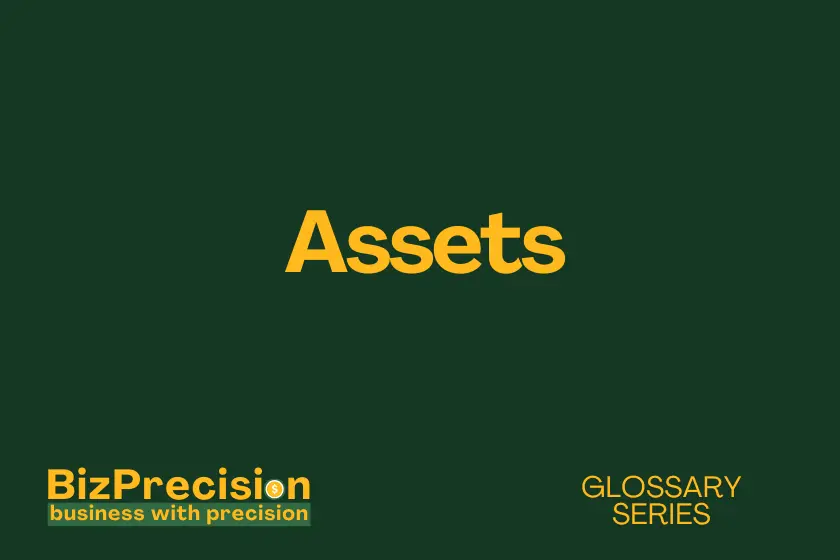What are Assets?
Assets are resources owned or controlled by an individual, corporation, or other entity that have monetary value and can be used to generate economic benefit.
Assets are the foundation of a business’s financial health and growth. They represent the valuable resources a company or individual possesses that can be used to create revenue, increase wealth, or provide some other form of economic advantage. Understanding the different types of assets, how they are classified, and the importance of effective asset management is crucial for making informed decisions and driving long-term success.
According to a recent PwC study, businesses with well-managed asset portfolios reported 25% higher profit margins compared to their industry peers.2 This underscores the significant impact that strategic asset management can have on a company’s overall financial performance.
Understanding Assets
Definition and Characteristics of Assets
Assets are items of economic value that are owned or controlled by a person, business, or other entity. They can be used to generate income, reduce expenses, or provide some other form of benefit. The key characteristics of assets include:
- Monetary value: Assets have a quantifiable monetary value that can be recorded on a balance sheet.
- Economic benefit: Assets have the potential to provide economic value, either directly or indirectly, through their use or sale.
- Ownership or control: Assets are either owned outright or controlled by the entity, allowing them to be used for the entity’s benefit.
Types of Assets
Assets can be broadly classified into two main categories:
- Tangible Assets: Physical, touchable assets such as cash, inventory, equipment, real estate, and vehicles.
- Intangible Assets: Non-physical assets that have value, such as patents, copyrights, trademarks, goodwill, and intellectual property.
Current Assets vs. Non-Current Assets
Assets can also be categorized as either current or non-current:
- Current Assets: Assets that are expected to be converted into cash or used within one year, such as cash, accounts receivable, and inventory.
- Non-Current Assets: Assets that are not expected to be converted into cash or used within one year, such as property, plant, and equipment, long-term investments, and intangible assets.
The Role of Assets in Accounting and Finance
Assets play a crucial role in accounting and finance, as they are a key component of a company’s balance sheet and financial statements. Proper asset management and reporting are essential for understanding a company’s financial health, making informed decisions, and securing financing.
Classifying and Categorizing Assets
Current Assets (Cash, Accounts Receivable, Inventory, etc.)
Current assets are the most liquid assets a company possesses, meaning they can be easily converted into cash within one year. Examples of current assets include:
- Cash and cash equivalents
- Accounts receivable
- Inventory
- Prepaid expenses
Non-Current Assets (Property, Plant, and Equipment, Investments, Goodwill, etc.)
Non-current assets, also known as long-term assets, are those that are not expected to be converted into cash or used up within one year. Examples of non-current assets include:
- Property, plant, and equipment (PP&E)
- Long-term investments
- Intangible assets (e.g., patents, trademarks, goodwill)
- Long-term receivables
Liquid Assets vs. Fixed Assets
Assets can also be classified as either liquid or fixed:
- Liquid Assets: Assets that can be quickly converted into cash, such as cash, marketable securities, and accounts receivable.
- Fixed Assets: Assets that are not easily converted into cash, such as property, equipment, and machinery.
Productive Assets vs. Non-Productive Assets
Another way to categorize assets is by their ability to generate income or revenue:
- Productive Assets: Assets that are used to generate income, such as manufacturing equipment, real estate, and intellectual property.
- Non-Productive Assets: Assets that do not directly generate income, such as office furniture, vehicles, and personal possessions.
Asset Lifecycle and Depreciation
Assets have a finite useful life and undergo a lifecycle, from acquisition to disposal. During this lifecycle, assets may depreciate in value, which is the gradual decrease in an asset’s worth over time due to use, wear and tear, or obsolescence. Proper asset management and accounting for depreciation are essential for maintaining a company’s financial health.
The Importance of Asset Management
Maximizing Asset Utilization
Effective asset management involves ensuring that a company’s assets are being used efficiently and to their full potential. This may include optimizing asset allocation, minimizing idle time, and maximizing productivity.
Optimizing Asset Allocation
Asset allocation is the process of determining the best mix of assets to achieve a desired outcome, such as maximizing returns or minimizing risk. Proper asset allocation is crucial for ensuring that a company’s resources are being used in the most effective and efficient manner.
Managing Asset Risk and Liability
Asset management also involves identifying and mitigating the risks associated with a company’s assets, such as theft, damage, or obsolescence. This may include implementing security measures, maintaining proper insurance coverage, and planning for asset replacement or disposal.
Asset Valuation and Reporting
Accurate asset valuation and reporting are essential for understanding a company’s financial health and making informed decisions. This includes properly accounting for asset depreciation, impairment, and write-offs.
Asset-based Financing and Collateral
Assets can also be used as collateral for securing financing, such as loans or leases. Effective asset management is crucial for ensuring that a company’s assets are properly valued and can be used to secure the necessary financing for growth and expansion.
In conclusion, assets are the foundation of a business’s financial health and growth. Effective asset management is crucial for optimizing financial performance, mitigating risks, and driving long-term success. By understanding the different types of assets, how they are classified, and the importance of strategic asset management, businesses can make more informed decisions and position themselves for sustainable growth and profitability.







